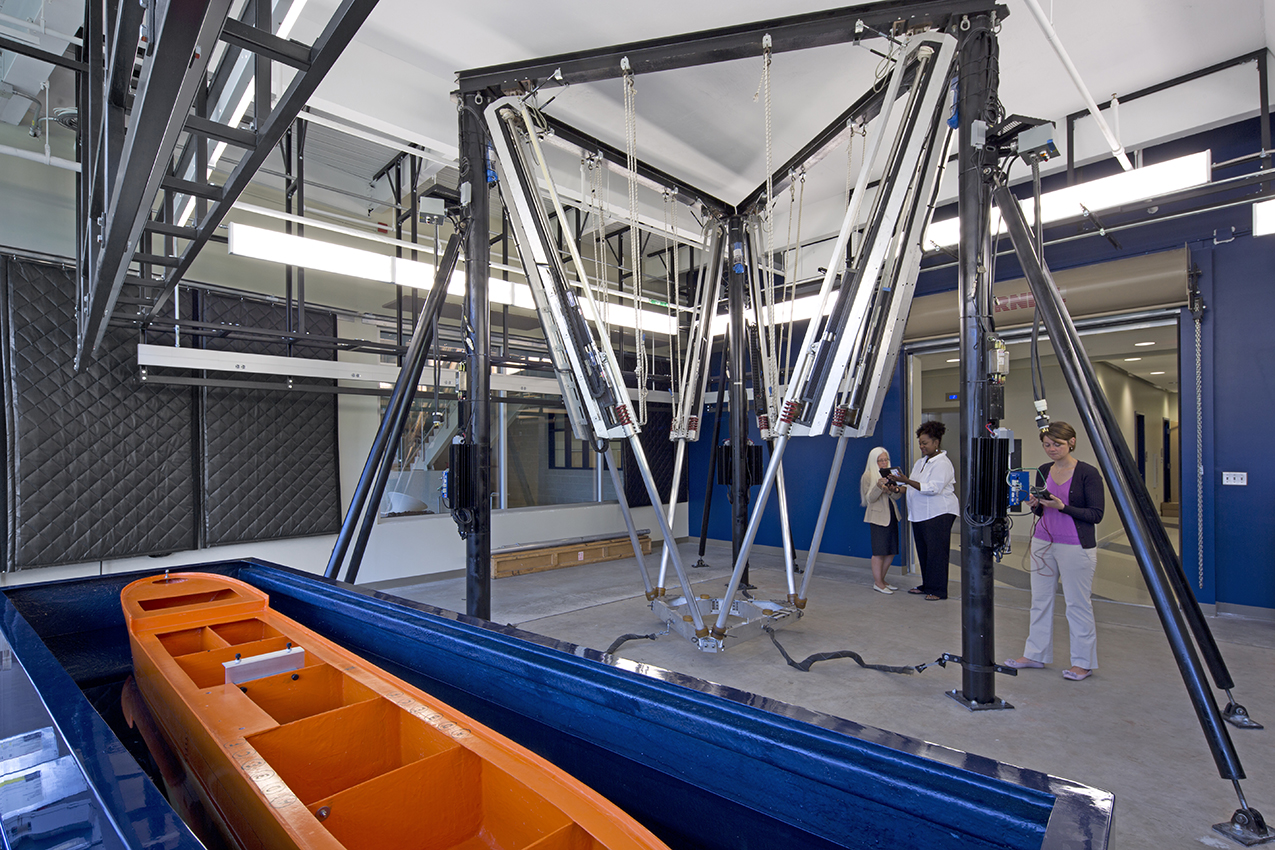Eric E. Ungar
Chief Engineering Scientist Emeritus

We are continually surrounded by sound (or noise, which is sound we don’t want) and exposed to vibrations, but we usually pay no attention or don’t consider the sources. But there are a lot of things going on.
We are lucky that sound makes vibrations; otherwise, we would have no hearing. Sound, which essentially is just a vibration of the air, makes the little membranes in our ears – the eardrums – vibrate. And these vibrations generate signals that are transmitted to our brains to make us hear.
We’ve all heard windows rattling due to the noise from aircraft passages, and there have been widely disseminated stories about the sound from opera singers breaking a wine glass. These are annoying and perhaps interesting phenomena, but generally of little importance.
On the other hand, intense sound can cause considerable damage, not only to our hearing, but also to quite substantial structures. Cracks were found in the surface structures of some of the early jet aircraft, and these cracks were ascribed to rapidly repeated back-and-forth bending of the structures caused by noise impinging on them – a phenomenon that was dubbed “sonic fatigue”. (Breaking by “fatigue” happens when you bend a paper clip back and forth multiple times.)
I had the privilege of assisting in the design of the U.S. Air Force’s sonic fatigue test facility in the early 1960’s. This facility consisted of a building large enough to house a fighter-sized aircraft and containing in one corner a bank of high-powered sirens that could generate intense sound over a wide range of frequencies. This facility was used to study how sound generated by jet engines could cause damage to the aircraft. However, this same sound also had the potential of damaging the building’s structure, and I had the assignment of devising building structures that could survive repeated long-term exposure to intense sound.
As you can imagine, sound-induced stresses are also of concern in aircraft and engine test cells, as well as in regard to rocket structures and launch facilities that experience severe sound and pressure fluctuations during a launch. I have consulted on some such projects, but perhaps the presidential helicopter hangar is a more unusual one. Rather than taxiing out of the hangar and then taking off, the helicopters in this hangar take flight inside the hangar in order to be able to depart faster. The helicopters thus produce severe oscillating pressures inside the hangar, and its structure needed to be designed to withstand these.
When you strike a drumhead you set it into vibration, and these vibrations produce sound. The same sort of thing happens whenever a structure is set into vibratory motion. Musical instruments, except wind instruments, make sound by the same sort of mechanism. Similarly, if you tap on a wall you make it vibrate and it then acts much like a giant loudspeaker membrane.
There are many sound-radiating vibrating structures that we encounter in our daily lives. The walls of the tires on our cars are set into vibratory motion as the tires go over rough pavement – and also as the groove on the tires interact with smooth pavement – resulting in traffic noise (in addition to that produced by the vehicle’s engines, which we are not discussing here). And what about screeching brakes? Again, the brake components are made to vibrate due to stick-slip action between the brake pads on the discs on which they act, and the latter radiate sound. The rattle we hear as a subway train passes tends to be produced predominantly due to sound radiation from interaction of wheel and rail irregularities.
Also, in water, radiation of sound (here, vibrations and attendant pressure fluctuations in the liquid) can result from vibrating structures. Just think of sonar projectors, which in essence are underwater loudspeakers. Since sound propagates readily in the ocean and over large distances, and since water at depth does not transmit much light or electromagnetic waves, sound in the ocean is the primary means for detecting objects such as submarines, whose surfaces vibrate due to internal equipment and thus radiate sound. It is no surprise that the world’s navies have spent much money and effort on ship silencing and sonar improvements.
Consider two adjacent rooms in an apartment building, with someone playing a saxophone in one room and the person in the adjacent room being annoyed by what he hears. How does the sound get from one room to the other? This is readily explained by what we have discussed earlier. The sound from the saxophone makes the wall intervening vibrate, and the vibrating wall radiates sound like a loudspeaker. The wall indeed radiates sound about equally well into both rooms, but in the room with the saxophone the radiated sound is much less than that from the instrument itself and thus is of no concern.
What can we do to help our annoyed neighbor, except not practice while he is at home? Provide a more substantial (heavier) wall that vibrates less due to the impinging sound – or add a second wall near the existing wall between the two rooms. In the latter case we have sound making vibrations (in the first wall) making sound (from the first wall) making vibrations (in the second wall) making sound (from the second wall). This arrangement works rather well, since each transition involves some attenuation.